Diecast models have been captivating fans since the early 1900s. These miniature marvels are often crafted from zinc or lead alloys. The manufacturing process has evolved, but the core technique remains rooted in die casting methods.
Metal toy car fabrication blends precision engineering with mass production capabilities. Molten metal is poured into meticulously crafted molds, creating highly detailed replicas. This technique ensures rapid cavity filling, producing consistent, high-quality models.
Understanding the production process can deepen your appreciation for these miniature masterpieces. Each step contributes to creating these beloved collectibles. From initial design to final assembly, every detail matters.
Key Takeaways
- Diecast models have a rich history dating back to the early 20th century
- Zinc and lead alloys are the primary materials used in diecast car production
- Die casting enables rapid mold filling for precise and consistent results
- Popular scales for diecast models include 1:12, 1:36, and 1:43
- Diecast models offer superior quality and longevity compared to plastic alternatives
- The finishing stage allows for personalization and creative expression
- Reading kit instructions thoroughly is crucial for successful model assembly
Understanding Diecast Models and Their Components
Diecast cars have fascinated collectors since the early 1900s. These miniature marvels have evolved from simple toys to intricate scale models. Let’s dive into the world of precision diecast model making.
What Defines a Diecast Model Car
Diecast models boast superior quality and durability compared to plastic versions. They’re crafted using metal alloys, usually zinc or lead, to replicate real vehicles. The manufacturing process involves intricate details that set them apart from regular toys.
Materials Used in Production
The primary materials in diecast car production include:
- Zinc alloy for the main body
- ABS plastic for interior details
- PVC for flexible parts
- SDU for specialized components
These materials combine to create highly detailed and long-lasting models. The result is a miniature masterpiece that captures the essence of real vehicles.
Common Scales and Sizes
Scale model car creation offers various sizes to suit different preferences. Here’s a breakdown of popular scales:
| Scale | Size Description | Popularity |
|---|---|---|
| 1:12 | Large, highly detailed | Collector’s favorite |
| 1:18 | Medium-sized, good detail | Widespread appeal |
| 1:24 | Compact, affordable | Common in North America |
| 1:43 | Small, space-efficient | Popular in Europe |
The global diecast model car market is growing rapidly. Experts predict a 5.10% CAGR from 2023 to 2030. North America leads with a 32.5% market share.
This growth stems from increasing demand for limited edition models. Continuous innovation in precision diecast model making techniques also fuels the market’s expansion.
How Are Diecast Cars Made: From Design to Assembly
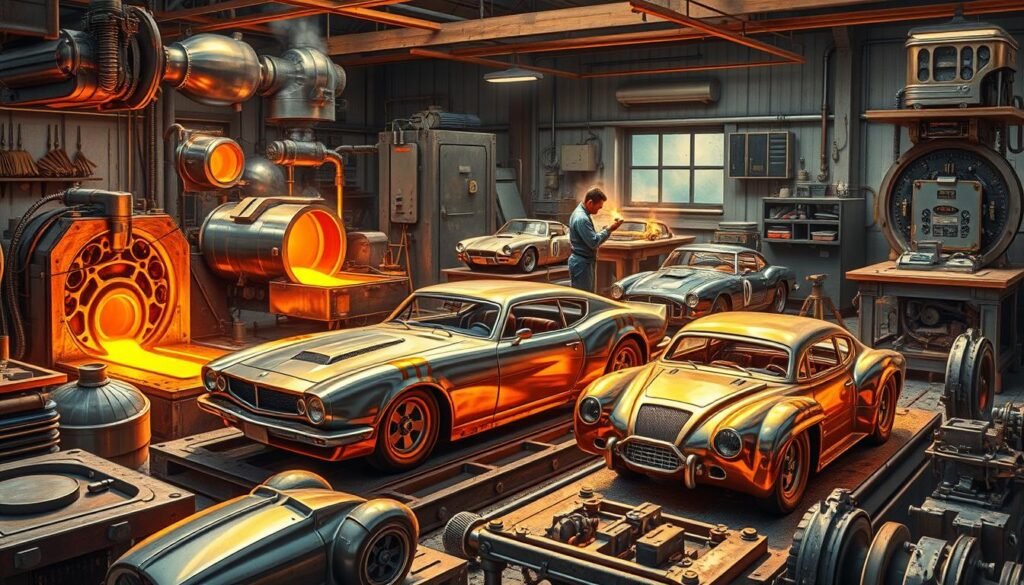
Die-casting metal cars blend precision engineering with artistic craftsmanship. This process transforms raw materials into miniature marvels. Let’s explore the journey from design to assembly.
Mold Manufacturing Process
Mold manufacturing is the foundation of diecast automobile assembly. It can take up to 100 days for high-quality models. Manufacturers use CAD software to create detailed 3D models.
Metal Die Casting Techniques
Metal casting begins once the molds are ready. Molten metal alloys are injected into molds under high pressure. This creates the main body and chassis, capturing intricate details precisely.
Injection and Assembly Steps
After die-casting, production moves to injection molding for plastic parts. These include interiors, wheels, and grills. The assembly process requires careful organization and alignment.
Workers fit pieces together with precision. They often refer to detailed diagrams to ensure proper placement.
Quality Testing and Standards
Quality control is crucial in diecast car production. Each model undergoes rigorous testing to meet industry standards. Manufacturers check for proper fit, paint quality, and overall appearance.
This attention to detail sets diecast models apart. They often surpass plastic toys in quality and realism.
| Production Step | Duration | Key Process |
|---|---|---|
| Mold Manufacturing | Up to 100 days | CAD design, mold creation |
| Die Casting | 10-15 days | Metal injection, cooling |
| Assembly | 5-7 days | Part fitting, detailing |
| Quality Testing | 2-3 days | Inspections, adjustments |
The diecast car industry offers over 5000 different types of models. This variety explains their enduring popularity. Millions worldwide continue to enjoy this beloved hobby.
Conclusion
Diecast car manufacturing blends art and engineering brilliantly. Each step demands precision and skill. The process starts with concept design, costing £1,000 to £5,000, followed by engineering design at £5,000 to £20,000.
Prototype development is vital, costing £2,000 to £10,000. Die-casting molds are the priciest, potentially exceeding £50,000. Material costs range from £2 to £10 per model.
The 1950s and 1960s marked a boom in the diecast industry. Iconic brands like Dinky Toys, Corgi, and Matchbox emerged. Today, diecast cars come in various scales, with 1:64, 1:43, 1:24, and 1:18 being most common.
These miniature marvels captivate collectors worldwide. They offer high-quality detailing, durability, and educational value. Understanding their creation process deepens appreciation for these miniature masterpieces.
Diecast car manufacturing showcases the union of artistry and technology. It results in beloved collectibles that continue to fascinate enthusiasts. The intricate process behind how diecast cars are made is truly remarkable.
FAQ
What materials are typically used in diecast car production?
How long does the mold manufacturing process take?
What are some common scales for diecast model cars?
How are the metal parts of a diecast car formed?
What steps are involved in the assembly process of diecast cars?
How do manufacturers ensure the quality of diecast cars?
What makes diecast cars different from plastic model kits?
How are the plastic parts of a diecast car made?
What role does precision engineering play in diecast car manufacturing?
How do manufacturers add fine details to diecast cars?
Source Links
- How Diecast Models Are Made | ModelSpace – DeAgostini Blog – https://blog.deagostini.com/2020/11/how-diecast-models-are-made-modelspace/
- How to Make Model Cars – DeAgostini Blog – https://blog.deagostini.com/2019/03/how-to-make-model-cars/
- Die-cast toy – https://en.wikipedia.org/wiki/Die-cast_toy
- Model car – https://en.wikipedia.org/wiki/Model_car
- Diecast Model Car Market is Growing at Compound Annual Growth Rate (CAGR) of 5.10% from 2023 to 2030! – https://www.cognitivemarketresearch.com/diecast-model-car-market-report?srsltid=AfmBOoqr5LhhVQgVpW29lZ3cKcN8-9vRpj3-Hk3VSkrAGQCrXC-7bghW
- How Are Toy Cars Made: From Concept To Creation – https://www.tinytown.in/blogs/news/how-are-toy-cars-made?srsltid=AfmBOort22nuoeew1mkD_qWYR6SpXjNKZSo65GErj0ODaCHOvuxfkFqF
- A Look Back at the Fascinating History of Model Cars – https://modelcars.com/blogs/news/a-look-back-at-the-fascinating-history-of-model-cars?srsltid=AfmBOooLXBa02eFKIZ-1bL5RkWAdW1w_04WO_GPSfxnKAsHWog9l7klB
- The Real Cost of Producing a New Model Car: A Comprehensive Breakdown – https://diecastmodelcentre.co.uk/blogs/news/the-real-cost-of-producing-a-new-model-car-a-comprehensive-breakdown?srsltid=AfmBOoo7LsguQmmPfC0BEhFAm0QFMUb02_vTl_NJ4EaNf_sxpc_s4LX9
- Vintage Diecast Cars: A Nostalgic Journey Through Time – https://www.mydiecastcars.com/vintage-diecast-cars/?srsltid=AfmBOoreKERcveQqSyMqFxJUjXY8e2cAM9GZ5p7kc87nZrV6oRPRouBb
- Diecast Toy Cars: Best Models, Collectibles, and Guide for All Ages – https://siritoycollections.com/diecast-toy-cars-best-models-collectibles-and-guide-for-all-ages/?srsltid=AfmBOoqvb7bjGpnb0wzsWzuRmsaIi2yZHxfx0GBQx1QjzAxshDxodFl4

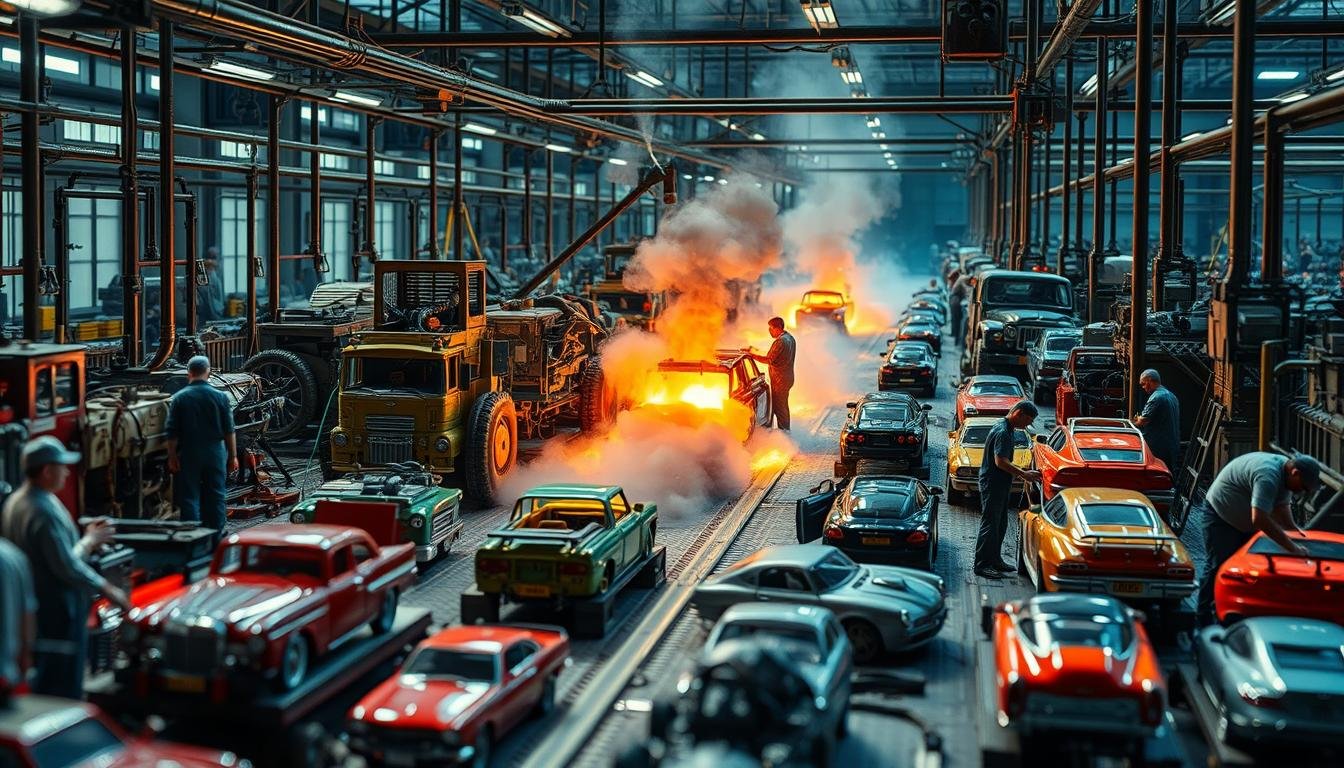
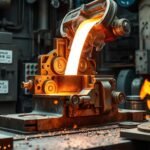
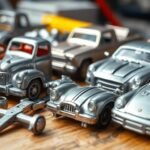
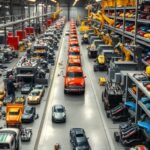
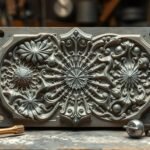
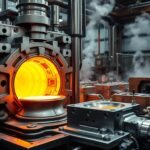

Interesting read! But, wouldnt 3D printing technology revolutionize diecast car production soon? Just a thought!
Interesting read but arent plastic model cars better for the environment compared to these metal diecast ones? Just food for thought.
Interesting article, but arent plastic models more cost-effective and eco-friendly? Why still focus on diecast production? Just food for thought, lads!
Interesting read! Just curious, in the diecast process, can recycled materials be used to promote sustainability?
Interesting read, but arent plastic models more sustainable? Shouldnt we consider environmental factors in our hobbies too?